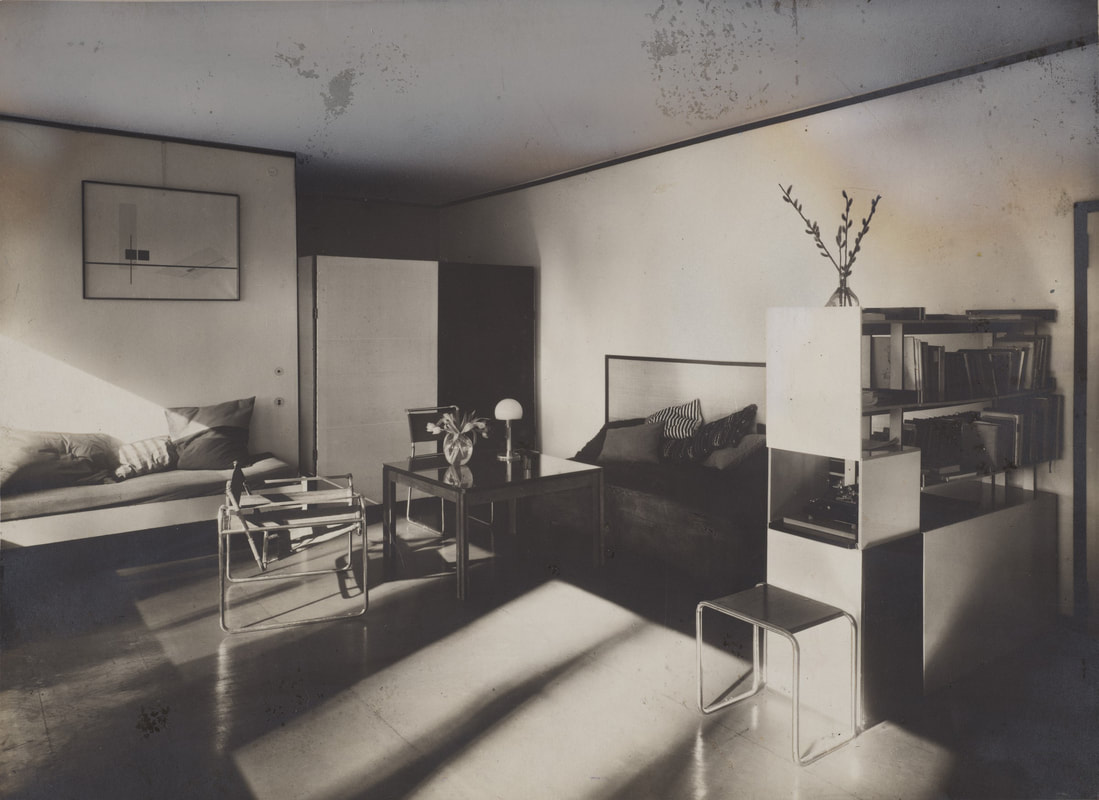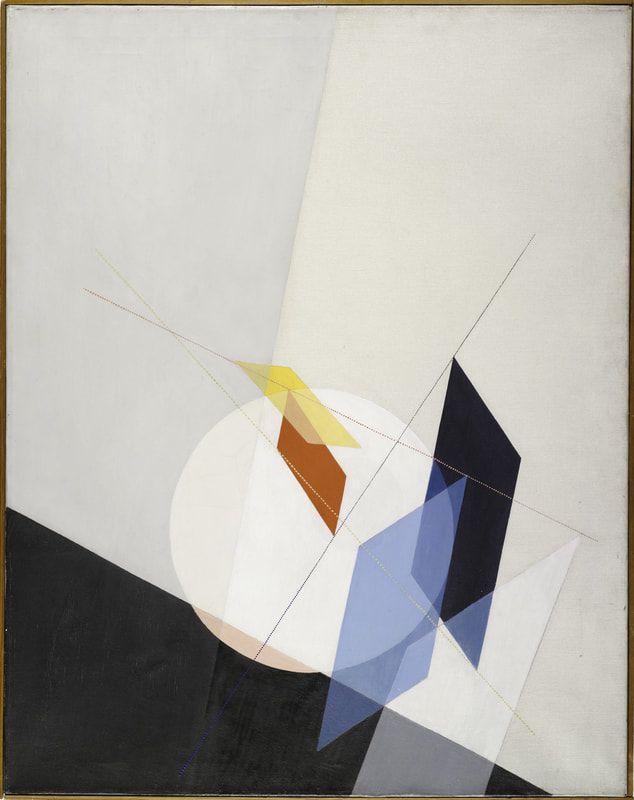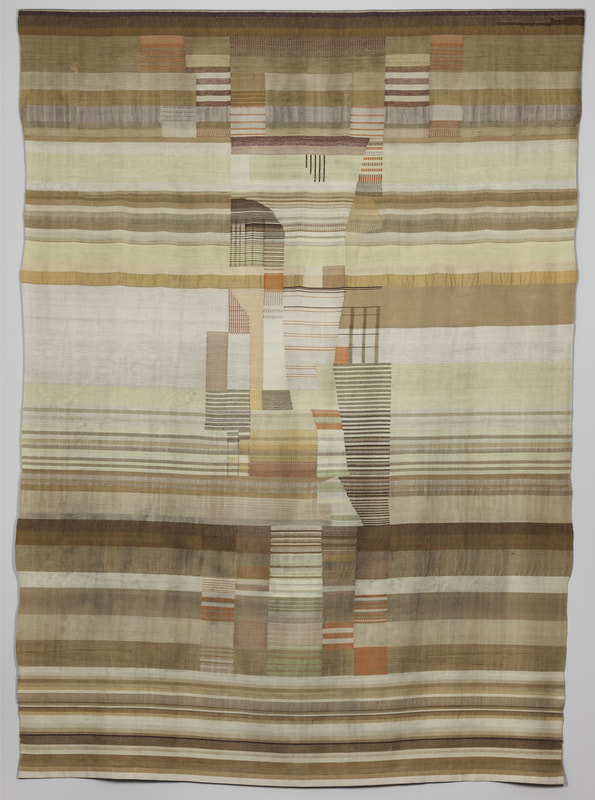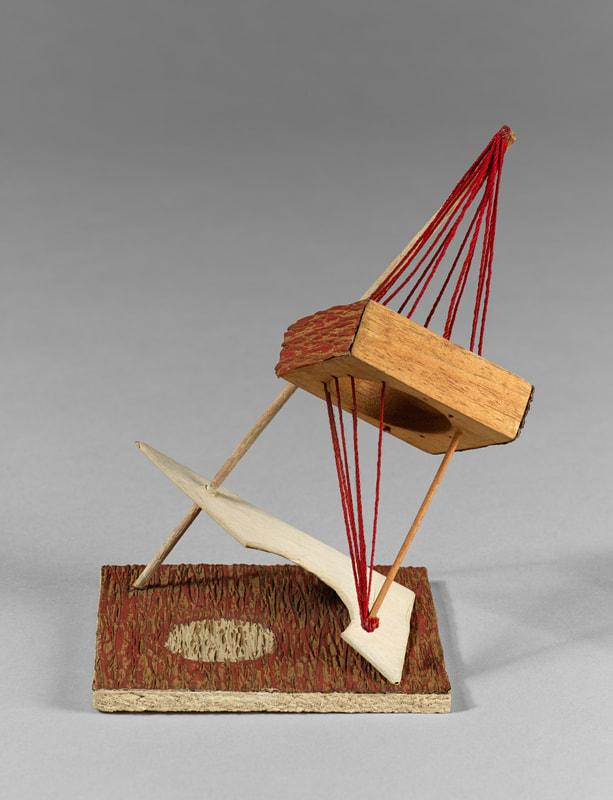The Bauhaus has become synonymous with Harvard, the principal hub of modernism in America, after it was closed down by the Nazis. The two are linked not only because the Harvard Art Museums has one of the first and largest Bauhaus collections in the world, including works by Josef and Anni Albers; Marcel Breuer; Wassily Kandinsky; Paul Klee; László Moholy Nagy; Lyonel Feininger; and Walter Gropius, and not only because Bauhaus’ founder Walter Gropius established his second career as the Chair of the Department of Architecture at the Graduate School of Design at Harvard (from 1937 to 1952), but also it is where the only exhibition in the US was opened during Bauhaus days in 1930. In celebrating Bauhaus100, the 100th anniversary of its founding, the Museums opened an exhibition, entitled ‘The Bauhaus and Harvard,’ and have launched a new online resource dedicated to the Bauhaus. The two events come to illuminate the history and the significance of Harvard’s Bauhaus legacy. We learn that by introducing Bauhaus pedagogy to Harvard, Gropius put the foundation to American modernism; that he designed the Graduate Center at Harvard Law School, built in 1950; that in the late 1940s, together with Charles Kuhn, then curator of the Germanic Museum, he established the Busch-Reisinger Collection; and that Gropius himself solicited gifts from his Bauhaus contacts. The first major exhibition of the collection since 1971, it is a rare opportunity to get a better understanding of the experimental pedagogic ideals formulated at the famed school, and the way in which it had become influential in this country. Above: Lucia Moholy, Bauhaus Masters Housing, Dessau (Lucia Moholy and László Moholy-Nagy’s living room), 1927–28. Gelatin silver print with opaque watercolor retouching. Harvard Art Museums/Busch-Reisinger Museum, Gift of Ise Gropius, BRGA.21.55.A. © Lucia Moholy Estate/Artists Rights Society (ARS), New York/VG Bild-Kunst, Bonn. Photo: Harvard Art Museums; © President and Fellows of Harvard College.
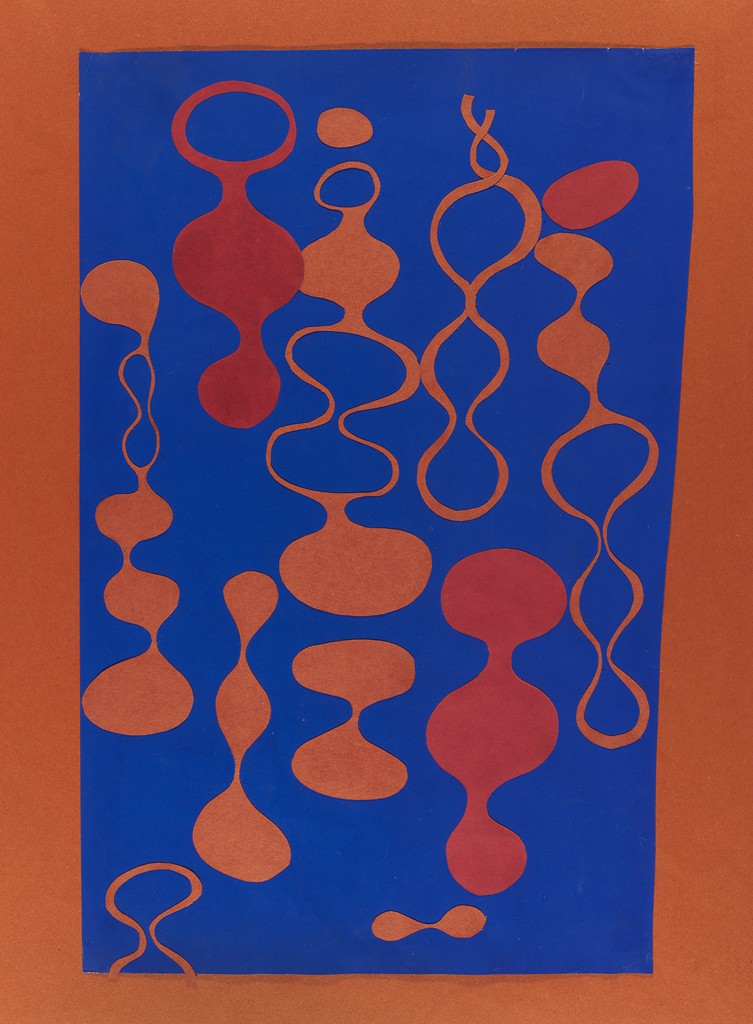
Ruth Asawa, Untitled (BMC.121, Exercise in color vibration and figure background), 1946–49. Collage of cut colored paper on paper prepared with opaque watercolor on orange wove paper. Harvard Art Museums/Busch-Reisinger Museum, Gift of Josef Albers, BR49.407. © Ruth Asawa Lanier. Photo: Harvard Art Museums; © President and Fellows of Harvard College.

Lucia Moholy (photograph) and Walter Gropius (architecture), Bauhaus Building, Dessau, 1926. Gelatin silver print. Harvard Art Museums/BuschReisinger Museum, Gift of Ise Gropius, BRGA.20.24. © Lucia Moholy Estate/Artists Rights Society (ARS), New York/VG Bild-Kunst, Bonn. Photo: Harvard Art Museums; © President and Fellows of Harvard College

Wilhelm Wagenfeld, Coffee and tea service, 1924–25. Brass with mercury silvered interiors and ebony fixtures; replacement handle on sugar bowl. Harvard Art Museums/Busch-Reisinger Museum, Gift of Hanna Lindemann, BR52.22–26. © Artists Rights Society (ARS), New York/VG Bild-Kunst, Bonn. Photo: Harvard Art Museums; © President and Fellows of Harvard College.
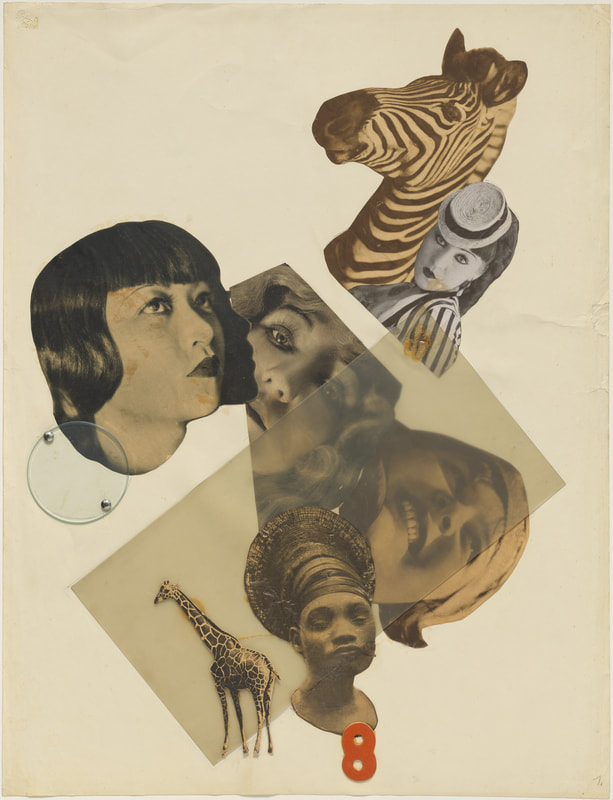
Marianne Brandt, Untitled (with Anna May Wong), 1929. Collage of cut papers and printed papers and cellulose acetate, glass, metal rivets, and flocked paper on paper board. Harvard Art Museums/Busch-Reisinger Museum, Purchase through the generosity of the Friends of the BuschReisinger Museum and their Acquisitions Committee, Richard and Priscilla Hunt, Elizabeth C. Lyman, Mildred Rendl-Marcus, and Sylvia de Cuevas, 2006.25. © Artists Rights Society (ARS), New York. Photo: Harvard Art Museums; © President and Fellows of Harvard College.
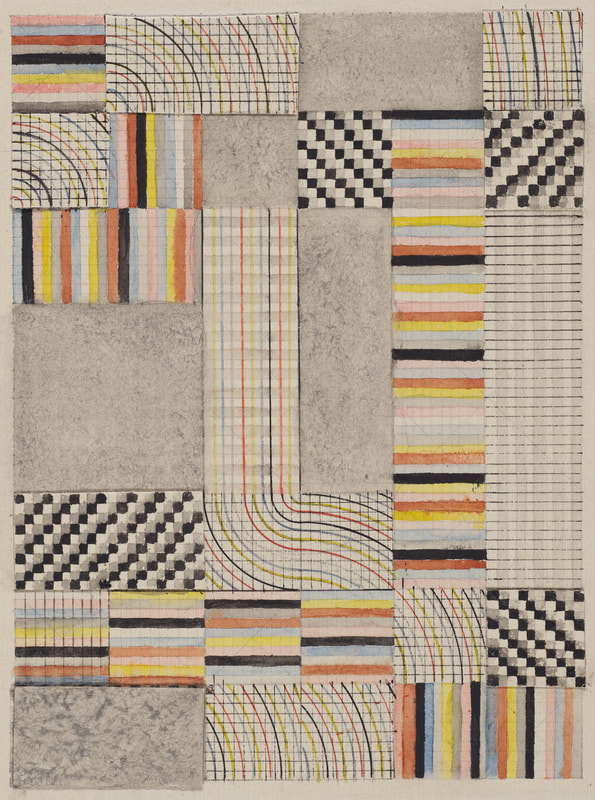
Anni Albers, Design for a rug, 1927. Black ink and watercolor over graphite with cut and drawn paper additions on off-white wove paper. Harvard Art Museums/Busch-Reisinger Museum, Gift of Anni Albers, BR48.49. © The Josef and Anni Albers Foundation/Artists Rights Society (ARS), New York. Photo: Harvard Art Museums; © President and Fellows of Harvard College.

